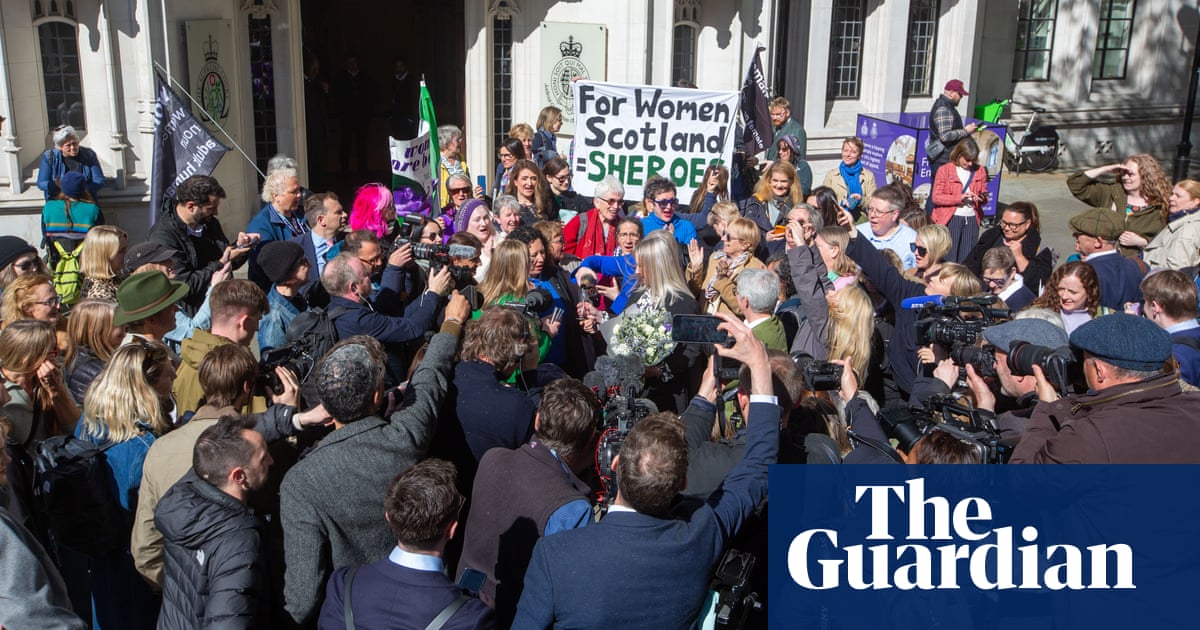The number of workers on UK company payrolls has fallen at the fastest pace since the height of the Covid pandemic amid mounting global uncertainty and warnings that Rachel Reeves’s budget measures could lead to job losses.
Figures from the Office for National Statistics show the number of people employed in at least one job paid through pay as you earn fell by 78,000 in March after a revised fall of 8,000 in February.
Reflecting a slowdown in the jobs market, the latest snapshot showed annual pay growth rose slightly in the three months to February and remained at historically high levels. Regular pay, excluding bonuses, rose to 5.9%, from a revised 5.8% in the previous rolling three-month period to the end of January. This was slightly below a prediction of 6% among City economists.
Despite the drop in the number of workers on company payrolls, the ONS said its official unemployment rate remained unchanged at 4.4% in the three months to February.
However, the government agency has warned there are problems with the quality of the UK’s official jobs market statistics because of low response rates to its main labour force survey. Experts have argued this leaves policymakers “flying blind”, with the prospect that decisions are being taken based on flawed data.
Business leaders had warned that tax rises announced by Reeves in her October budget would force them to cut jobs and hold back on larger pay increases. Surveys at the start of this year suggested companies were cutting employment at the sharpest rate since the 2008 financial crisis, excluding the Covid pandemic.
Earlier this month, the government went ahead with a planned £25bn increase in employer national insurance contributions, affecting almost 1m businesses, as well as a 6.7% rise in the national living wage.
Businesses in typically lower-paying sectors, including hospitality, leisure and retail, have warned of the biggest potential hit. The Bank of England warned last month that employers were freezing their hiring plans.
The latest figures from HMRC payroll data, which provides an early estimate before the official labour force survey, show the biggest changes on the month were in health and social work, where employee numbers rose by 70,000. However, this was more than offset by other sectors, led by a fall of 92,000 in accommodation and food service activities.
The number of vacancies in the UK fell by 26,000 in the three months to March to stand at 781,000, falling below pre-Covid pandemic levels for the first time since 2021.
However, economists said while there were signs of the jobs market cooling, the picture remained resilient amid historically high levels of wage growth and relatively low levels of unemployment.
after newsletter promotion
Britain’s economy has performed more strongly than expected, with growth in February of 0.5% outpacing analyst forecasts as businesses and consumers continued to spend despite the mounting global uncertainty.
“Employment continued to cool, but it hasn’t collapsed as the dire warnings from some business surveys suggested,” said Ashley Webb, a UK economist at the consultancy Capital Economics.
“But if the more uncertain backdrop from the recent US tariffs chaos soon becomes a bigger drag on firms’ hiring intentions, pay growth could start to fade more markedly.”

.png) 1 day ago
9
1 day ago
9













































